The Pentacon 135mm f/2.8 lens was produced in East Germany in the 1960s/70s of the last century and as it was usual in that country and at that time, it is a copy of a model from another manufacturer. It is important to know that there were two different versions of this lens: the first, with a 15 blades diaphragm produced a beautiful bokeh, so it is known as «Bokeh monster» (this adjective was also used in a lens from a different brand but with similar characteristics), while the second version has a poorer quality construction and only 6 blades in the diaphragm.
In this blog post I am going to refer only to the model I own, the «bokeh monster» of 15 blades diaphragm and minimum aperture of f/32. It has a solid metal construction which causes it to weigh almost half a kilogram, but it is very manageable, smooth and precise, and the user experience is really pleasant. It is obvious that, currently, some of these characteristics will depend on the condition and conservation of each particular unit.
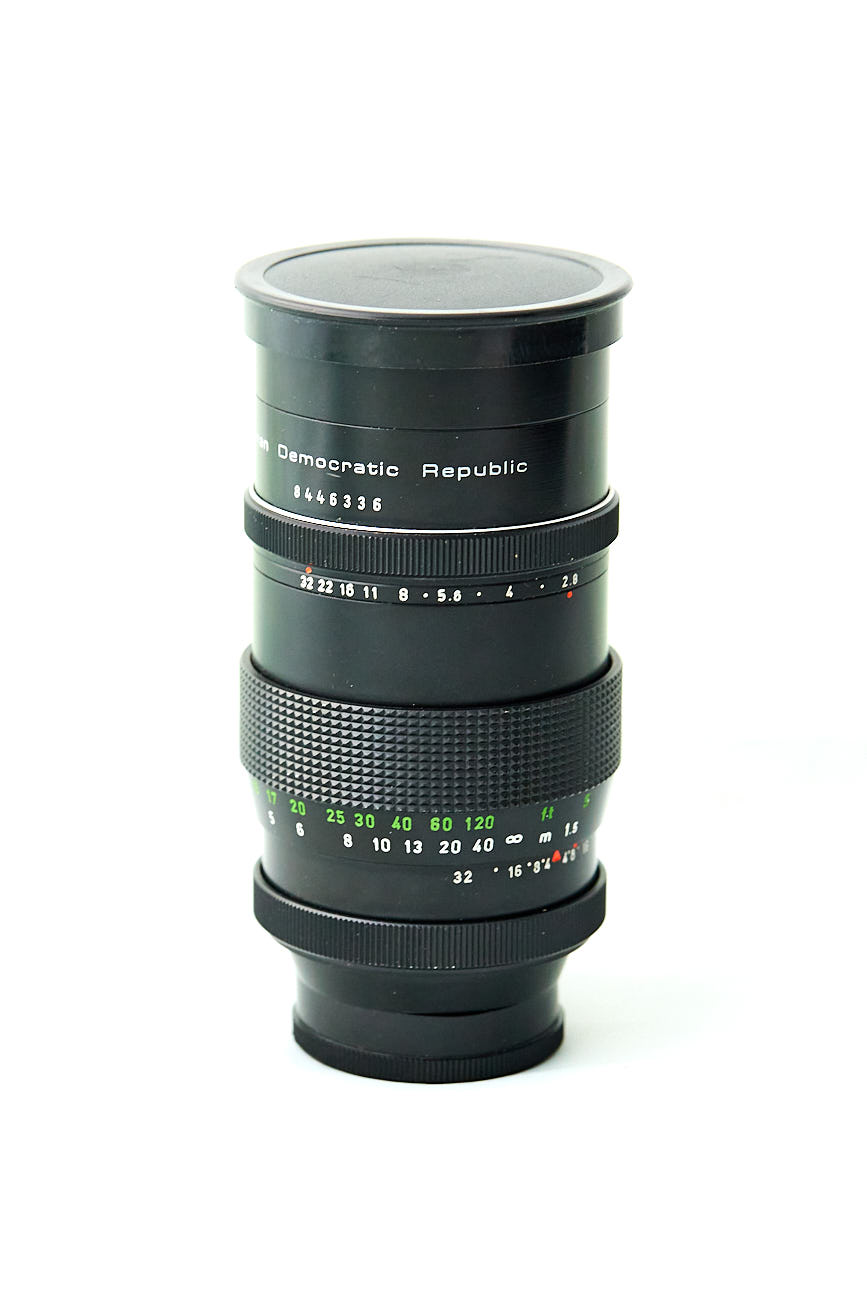
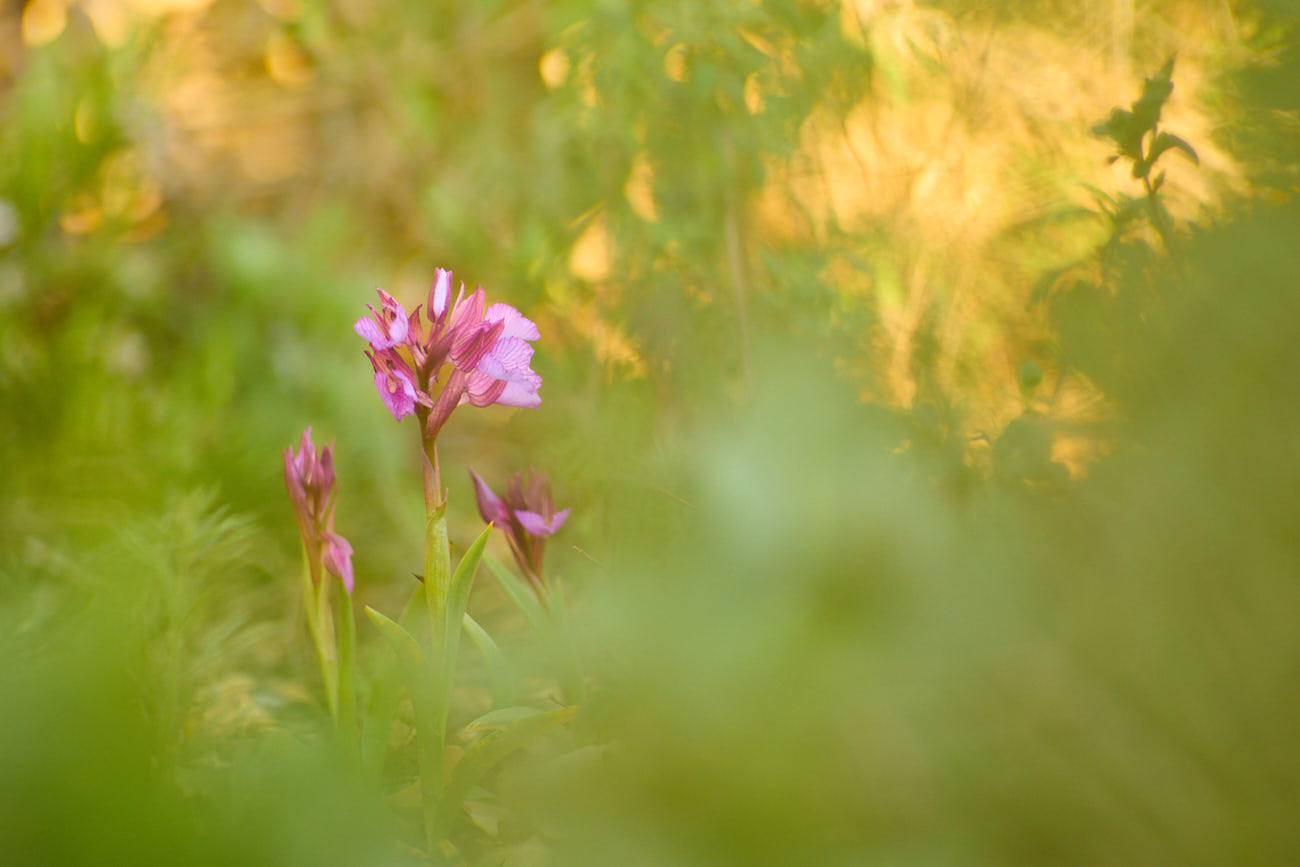
This lens has been used in different photographic disciplines, especially for portraits, but I love using it in nature close-up photography. Its minimum focus distance is 1.5m, which can make us doubt about its suitability for this type of photography, but nothing is further from reality: whether you like framing small subjects in their environment or you prefer close-ups, this lens is perfect for this discipline, since it can be used both directly attached to the camera or with an extension ring, which allows us to reduce that minimum focus distance and get as close to the subject as we want. Its performance and quality is really great in both cases.
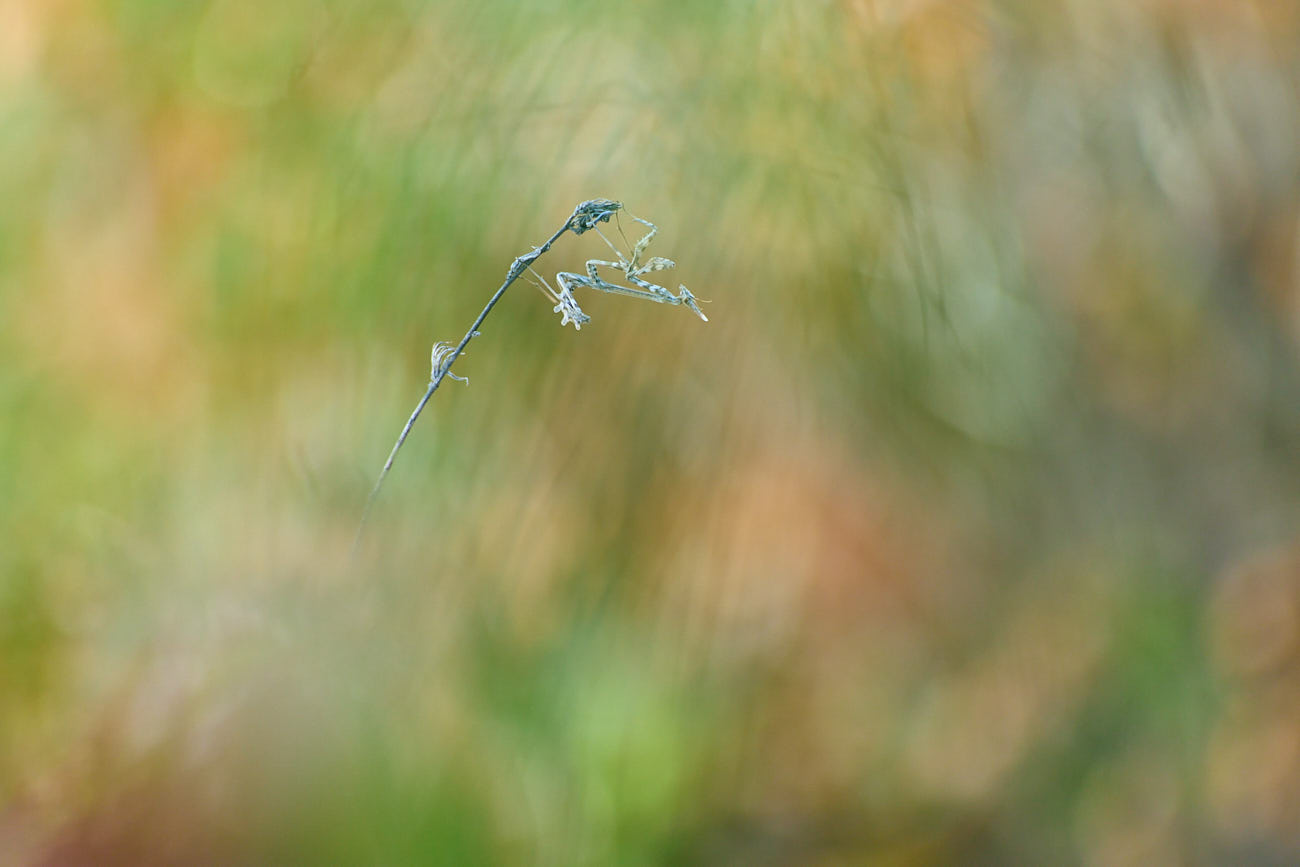
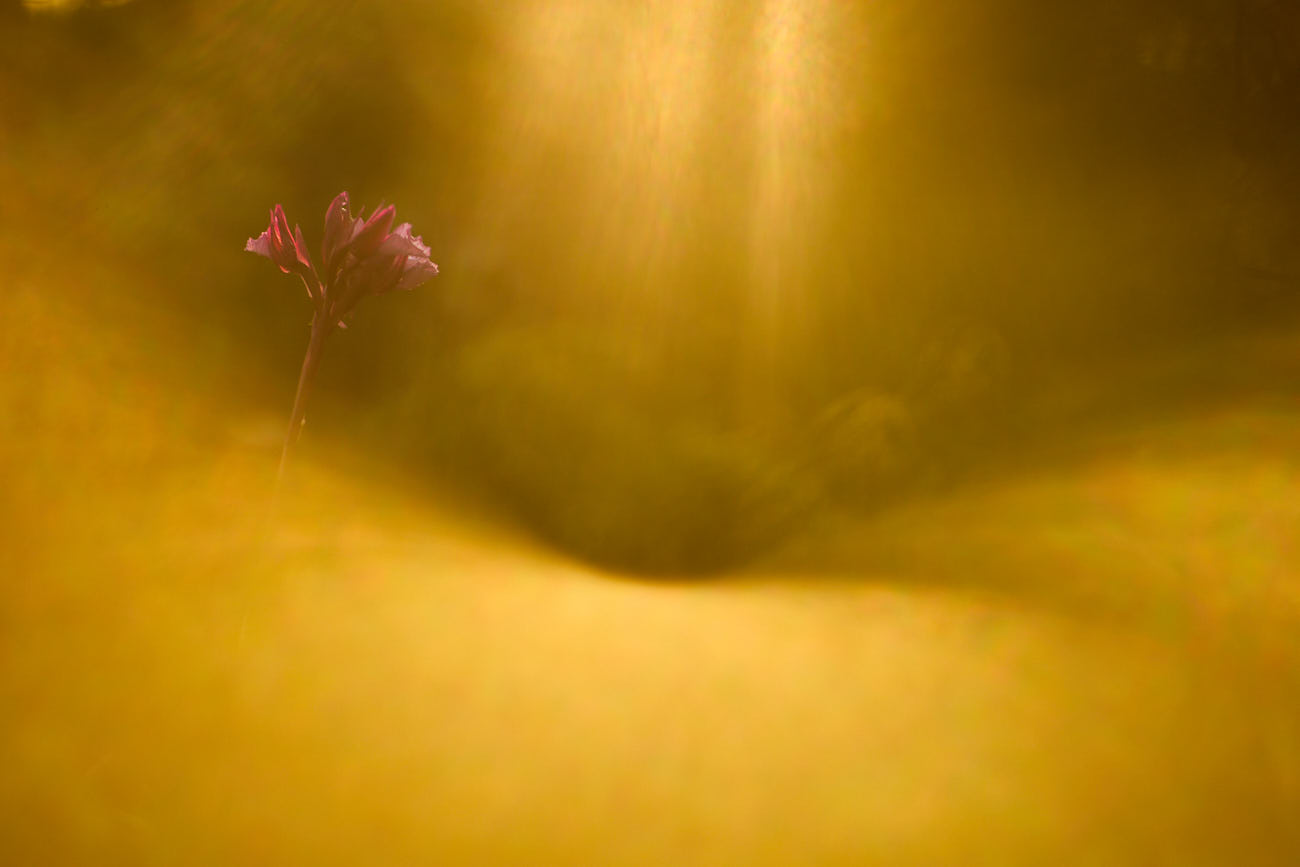
Sharpness and optical performance are surprisingly good for a manual lens in this price range (we can find it in very good condition for less than €100) and bokeh is fantastic, as you’d expect from its nickname. We all know that with more closed diaphragms the depth of field, and the focus on the subject, increases, but softness and quality in blurring are also lost.
When I use this lens I’m not looking for extreme sharpness, but for that creamy, painterly look of blurs and bokeh, so I always use it wide open. In most circumstances the focus and definition at f/2.8 is more than enough for my requirements.
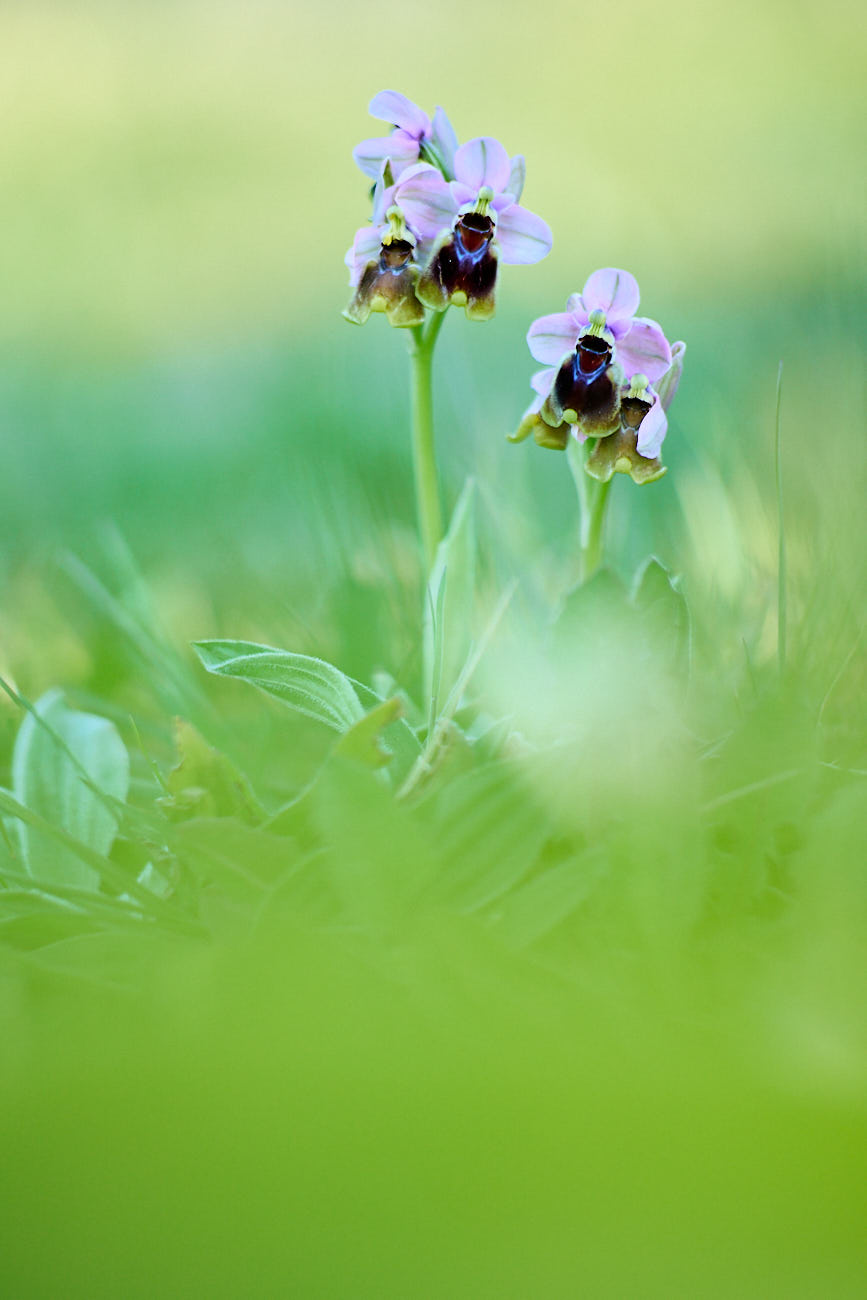
For its use in the field, a tripod is normally required and, of course, together with this vintage lens we can use the rest of the accessories that we sometimes use in close-up photography: flashes, continuous lights, reflectors, filters, etc.
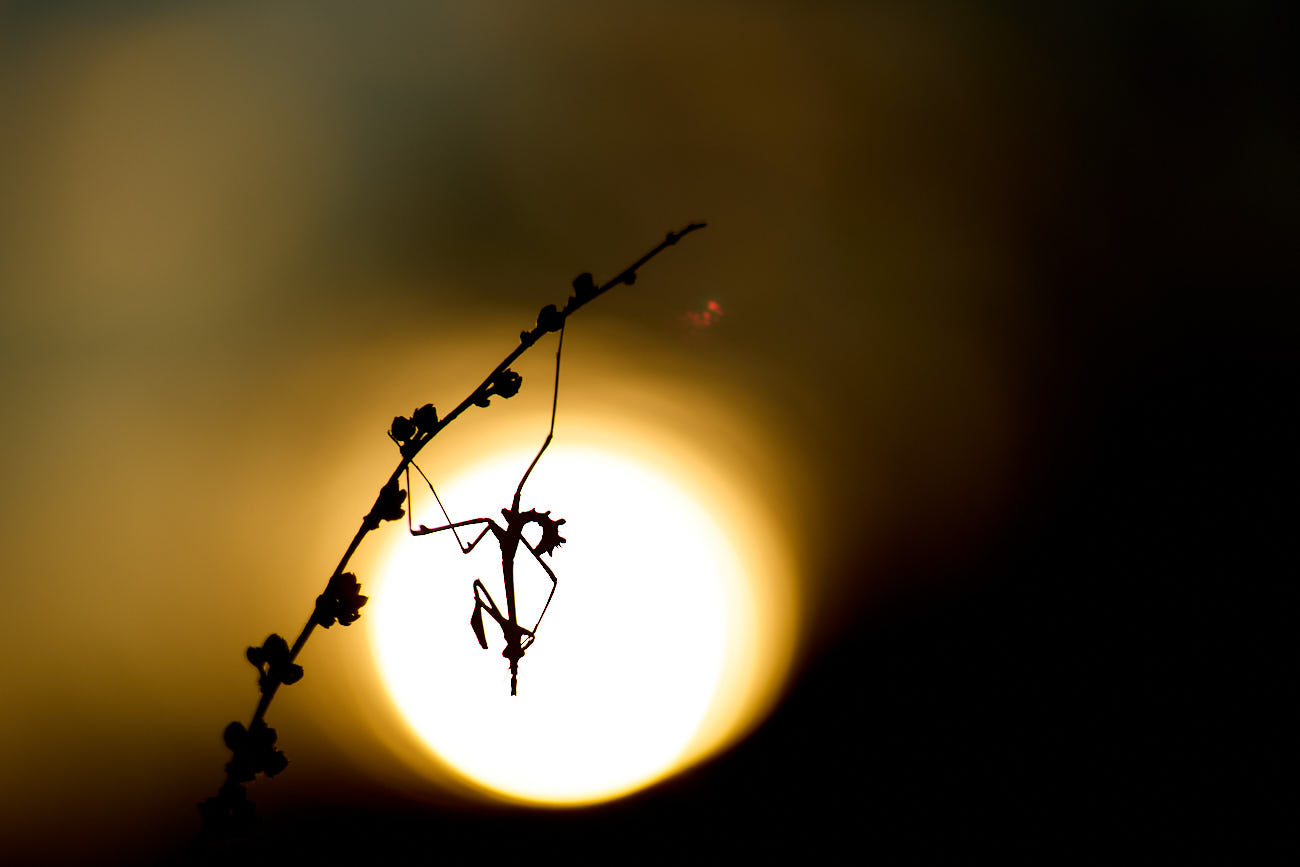
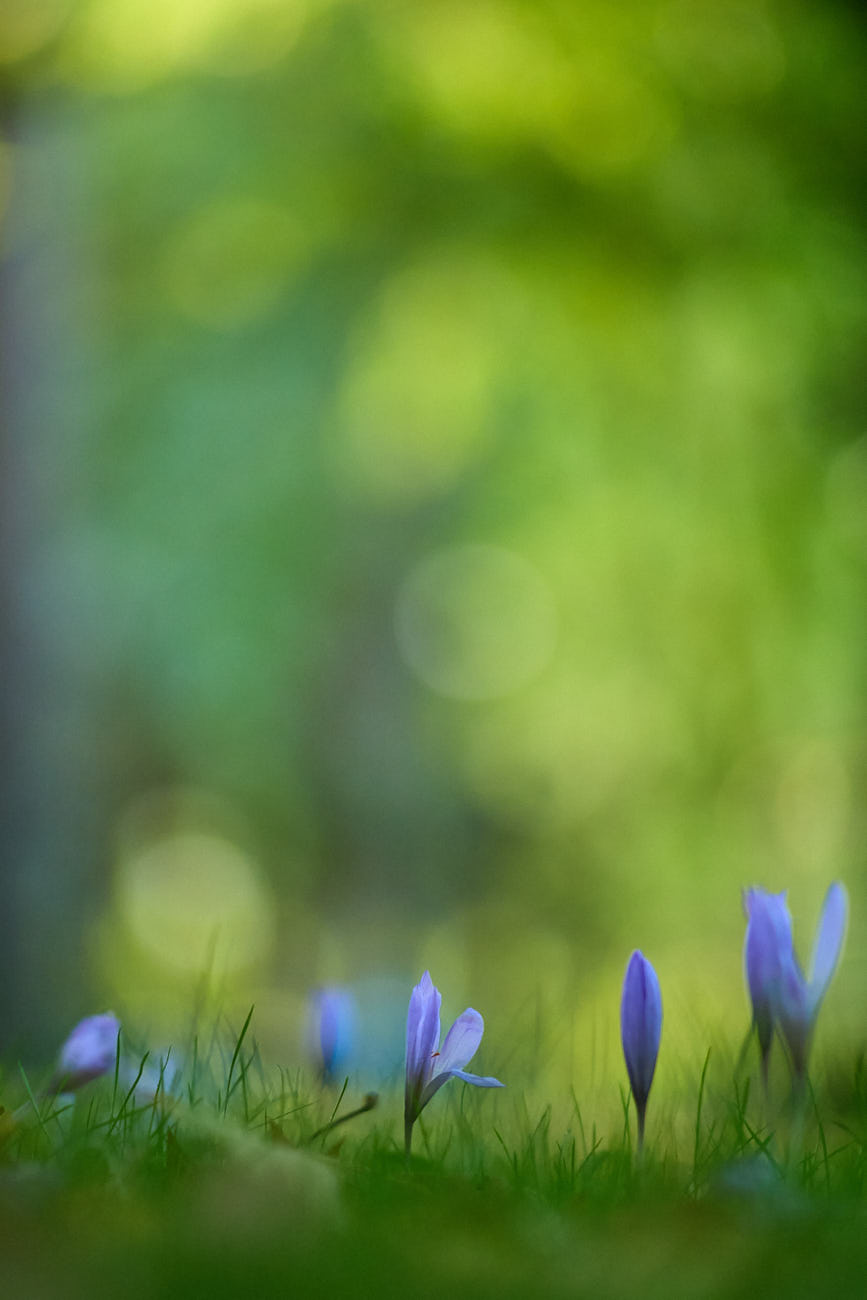

All the images above were taken in Madrid and Segovia, Spain, on a full frame camera with the Pentacon 135mm f/2.8 at its maximum aperture and with minimum processing.
Javier Lafuente